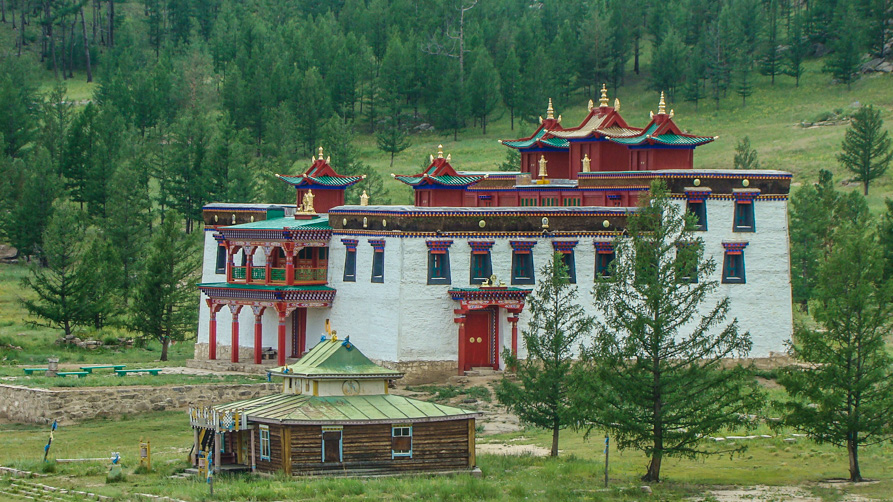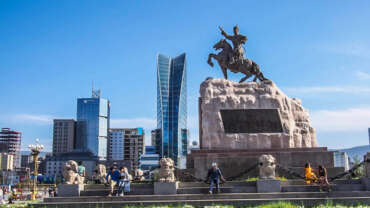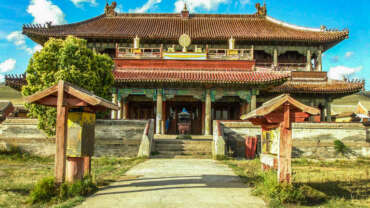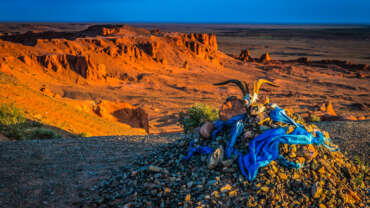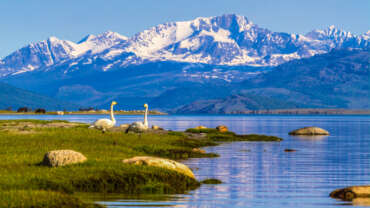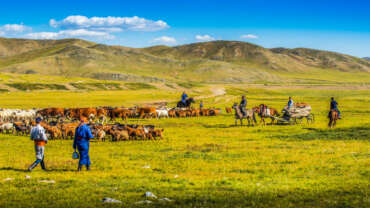Eastern Mongolia
Eastern Mongolia is the least visited region of the country. For explorers, who like destinations that areoff-the-beaten-path, the east is aparadise. Travelers looking for adventures in the great outdoors filled with wildlife, historic sites, and horse riding should consider visiting this part of Mongolia. It’s also where Genghis Khan was born (Khentii Aimag) where visitors can see relics andsites related to his life.
Eastern Mongolia is famous for the land of Chinggis Khaan, Oglogchiin Kherem, Khan Khentii Mountains and Kherlen river.
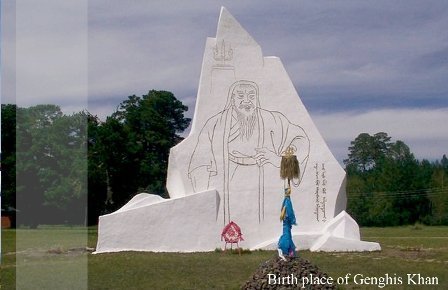
Dadal – The Birthplace of Genghis Khan
Dadal – the birthplace of Genghis Khan – Temuujin (Genghis Khan) was born into the family of Yesugei Baatar in 1162 at a place called Deluun Boldog by the Onon river in Dadal soum of Khentii aimag. Beginning from 1185, Temuujin directed a military campaign to unite the Mongolian people, which was at that time divided into more than 80 feuding ethnic clans. Finally in 1206 the Great Mongol Empire was established and Temuujin was declared Genghis Khan which meant “Great Khaan”.
There are two monuments dedicated to Genghis Khan. One is a large rock in Deluun Boldog with an inscription in old Mongol script marking the birthplace of the Great Khaan. The other monument was inaugurated in 1962 to commemorate the 800th anniversary of Genghis Khan’s birth. It is a life-size figure of Genghis Khan carved on a white stone in the shape of mountain peaks engraved with old Mongol script.
Khan Khentii Mountain National Park
Khan Khentii Mountain National Park is one of the Mongolian natural and historical treasures, declared by UNESCO as world heritage site.
This area is belongs to the native land of Genghis Khan and contains many important historical and cultural sites. Khan Khentii is covered with forests, taiga, and mountain forest steppe. The park’s most spectacular features are its huge granite blocks, extraordinary view and cliffs as well as meadows rich in wild flowers. This place is very suitable for hiking, fishing, and exploring wildlife.
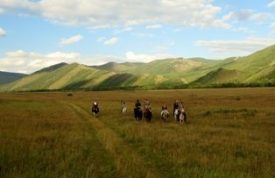
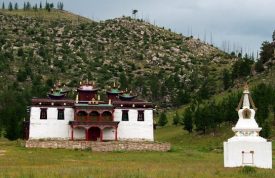
Baldan Breeven Monastery
Baldan Breeven Monastery is located in small but beautiful valley in the Khan Khentii Mountains, 300 km northeast from Ulaanbaatar. The history of the monastery began in the late 1700s, when His Lofty Noble Holiness Zanabazar sent a group of monks to find a suitable place to establish a monastery in the east of the country. In their search the monks discovered a valley in an extraordinary geographical position, with auspicious omens such as rocks shaped in the form of powerful animals.
Construction of the monastery was completed in the 1780s and it became the Buddhist center of the east. Besides that, local people believed that the monastery was the holiest place in the world to go to for a pilgrimage to purify oneself from evil deeds. The monastery was completely destroyed during the 1930s and later reconstructed.
Blue Lake (Khokh Nuur)
This beautiful small lake as named Blue Lake (Khokh Nuur) is situated in Khan Khentii National Park and surrounded forested Mountains. The lake is involved with Chinggis Khan’s history, beginning in 1185, Temujin directed a military campaign to unite the Mongolian people, which at the time were divided into more than 80 ethnic clans. In 1189 at ‘Black Heart Blue Lake’ he was chosen by his peers to become king of all Mongols and was given the title “Chinggis (Genghis) Khaan.”
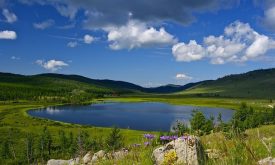
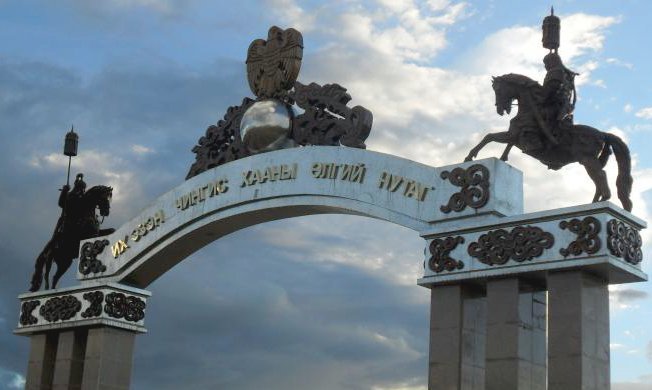
Endless plains of the Eastern Mongolia
Except for the Khentiin Nuruu Mountain Range and some forests surrounding it, eastern Mongolia is pure steppe plain. There is some stunning scenery, and it is one of the world’s last great undisturbed grasslands. The most famous and plainest steppe in the country is the far eastern part named Menengyn Tal.
The area is almost uninhabited by people, but home to some of the largest herds of gazelle left on earth. Also, there is one of the world’s last undisturbed grasslands, named as the ‘strictly protected areas’ of Mongol Daguur, Dornod Mongolyn Tal Steppe and Nomrog Region.
Mongol Daguur Steppe & Wetland
Mongol Daguur is a steppe and wetland region in Mongolia listed as a UNESCO World Biosphere Reserve and Ramsar Site of International Importance.
Mongol Daguur’s steppe and wetlands territory mainly consists of low-mountainous landscapes that support a variety of fauna and flora species. The biosphere reserve provides nesting and breeding grounds for globally endangered species such as the White-naped Crane, while also serving as a migratory stopover site for many rare and endangered species.
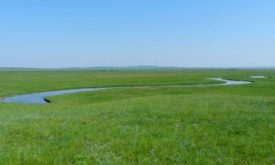
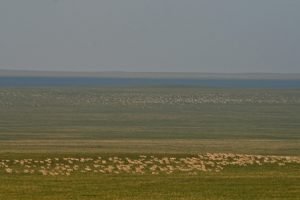
Menen Steppe
Menen Steppe – The biggest plain area of Mongolia is Menen steppe located in Dornod province. The steppe is located in the west of Buir Lake and is over 90 km long and over 60 km wide. This is the big steppe in the world which has kept its native land and there are a plenty of pasture plants, antelopes, wolves as well as rare animals. Usually Mongolian antelopes graze and hundreds of them flock and pass winter here. You can see the beauty of the steppe where the perennial, nutritious and segmented grass swings in the Menen steppe. You will feel to exclaim what a grass sea. The eastern region aimags are the home to Mongolian antelopes which have now become very rare in the world. The halves of the antelopes out of three millions in Mongolia flock only in Dornod province. It is impossible to separate native feather grass, huge flock of antelopes and famous Menen Steppe.



